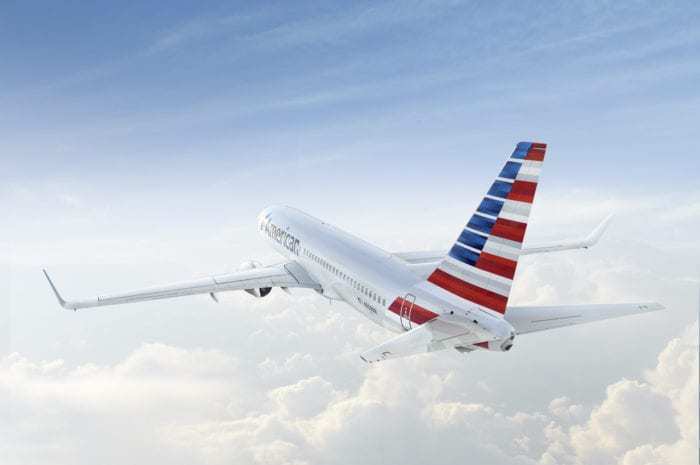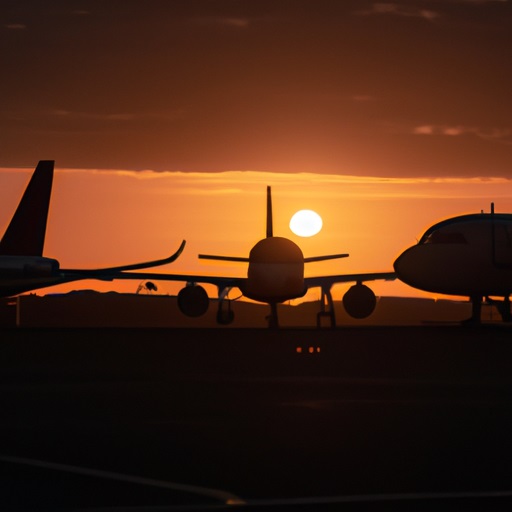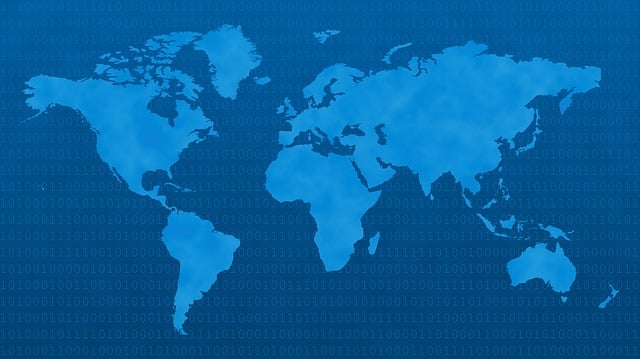
Innovative Marketing Strategies Used By Airlines
The airline industry is highly competitive, with companies striving to attract and retain customers by offering better services, lower prices, and more convenient flight options.
However, it is not just about the services provided; airlines also need to create a strong brand presence and engage with customers through innovative marketing strategies.
This article explores some of the most creative marketing strategies used by airlines to capture the attention of travelers and create a lasting impression.
Embracing social media and influencer marketing
Airlines have recognized the power of platforms like Youtube, Facebook, Instagram, and Twitter to engage directly with customers, share offers, and create buzz around their brand.
For example, American Airlines launched a successful campaign and website called “Black Atlas,” targeting African-American travelers with culturally relevant content and offers.
Influencer marketing is another powerful tool airlines use to promote their brand. Emirates provided a free first-class upgrade to popular YouTuber Casey Neistat.
The YouTuber made a great video showcasing Emirate’s first-class cabins and luxury services, which was viewed by millions of people. The airline in turn reached millions of potential customers through this influencer outreach idea.
Co-branding and strategic partnerships
Co-branding and strategic partnerships with other businesses can help airlines expand their reach, enhance brand image, and offer additional value to their customers.
For example, Singapore Airlines partnered with luxury fashion brand Lalique to create a unique in-flight experience by offering premium amenity kits exclusively designed by Lalique.
Another example is the partnership between Qantas and Airbnb. Qantas Frequent Flyer members could earn points by booking Airbnb stays, providing an incentive for customers to choose both brands while traveling.
Augmented reality and virtual reality experiences
Airlines are increasingly using augmented reality (AR) and virtual reality (VR) technology to enhance customer experiences and promote their brand.
For instance, Emirates created a VR experience, allowing users to explore their Airbus A380, including the cockpit, first-class suites, and lounge areas. This immersive experience gives potential customers a taste of the airline’s luxury offerings before booking a flight.
Air New Zealand introduced an AR-based virtual travel experience that let customers explore destinations and, in turn, lures them to visit those destinations. Such innovative use of technology makes travel planning more engaging and helps the airline stand out in a crowded market.
Unique in-flight experiences and themed flights
Airlines are always looking for ways to make in-flight experiences more memorable and enjoyable for their customers. Some airlines have introduced themed flights to generate buzz and create a unique selling point.
For example, EVA Air’s Hello Kitty-themed flights feature everything from Hello Kitty-themed meals to cabin crew uniforms, creating a memorable experience for fans of the popular character.
Another example is Icelandair’s “Stopover Buddy” program, where passengers on a stopover in Iceland could request a local employee of the airline to show them around the country. This initiative created a memorable experience for travelers and promoted Iceland as a travel destination.
Personalized marketing and customer segmentation
Airlines also increasingly use data-driven marketing to personalize offers and tailor their communication to different customer segments.
For example, Delta’s Check-In Recognition and Onboard Recognition programs provided personalized service and a ‘personal touch’ for corporate travelers during their travel.
Airlines also use predictive analytics to identify customers who are likely to be interested in premium upgrades, targeting them with personalized offers via email or in-flight entertainment systems.
A digital personalization strategy can serve targeted offers and content to users based on their browsing history, preferences, and previous booking patterns. This approach allows the airline to create a more personalized and relevant experience for each customer, ultimately driving sales and loyalty.
Emotional storytelling and video marketing
Emotional storytelling is one of the most effective ways to engage customers and create a lasting impression. Airlines have leveraged video marketing to tell stories that resonate with their audience and showcase the essence of their brand.
For example, WestJet’s “Christmas Miracle” campaign, where the airline surprises unsuspecting passengers with personalized gifts during the holiday season. These videos have gone viral on social media, generating positive publicity and showcasing the airline’s dedication to customer service.
Eco-friendly initiatives and green marketing
As environmental concerns grow, airlines are increasingly focusing on sustainable practices and eco-friendly initiatives to appeal to environmentally conscious travelers. Green marketing campaigns highlight airlines’ efforts to reduce their carbon footprint and promote sustainable travel.
For instance, United Airlines launched the “Eco-Skies” program, which focuses on fuel efficiency, waste reduction, and investment in sustainable aviation fuel. By promoting these efforts, United Airlines showcases its commitment to the environment and attracts customers who prioritize sustainability in their travel choices.
KLM Royal Dutch Airlines is another example; they launched the “Fly Responsibly” campaign, urging travelers to consider alternative modes of transportation and purchase carbon offsets for their flights. This bold marketing move demonstrated KLM’s commitment to reducing the environmental impact of air travel.
Gamification and loyalty programs
Airlines are using gamification techniques to engage customers and encourage loyalty. For example, Virgin America introduced an innovative campaign called “The BLAH Airlines,” featuring a 5-hour and 45 minutes long video simulating a dull flight experience with a fictitious airline.
Viewers were encouraged to interact on Facebook, Twitter, and Instagram and share their own horrible flight experiences. A few of the lucky followers received gifts from BLAH’s in-flight catalog. This campaign led to a 621% increase in the mention of Virgin America and the fictitious BLAH brand.
Loyalty programs like frequent flyer programs are also essential airline marketing tools. By offering incentives like free flights, upgrades, and partner rewards, airlines can encourage repeat business and create long-term relationships with customers.
Conclusion
In the competitive world of air travel, innovative marketing strategies play a crucial role in attracting and retaining customers.
By embracing technology, forging strategic partnerships, creating memorable experiences, and leveraging emotional storytelling, airlines can set themselves apart from the competition and build strong brand loyalty.
In an ever-evolving market, airlines must continue to explore new marketing techniques to stay relevant and connect with their customers on a deeper level.






